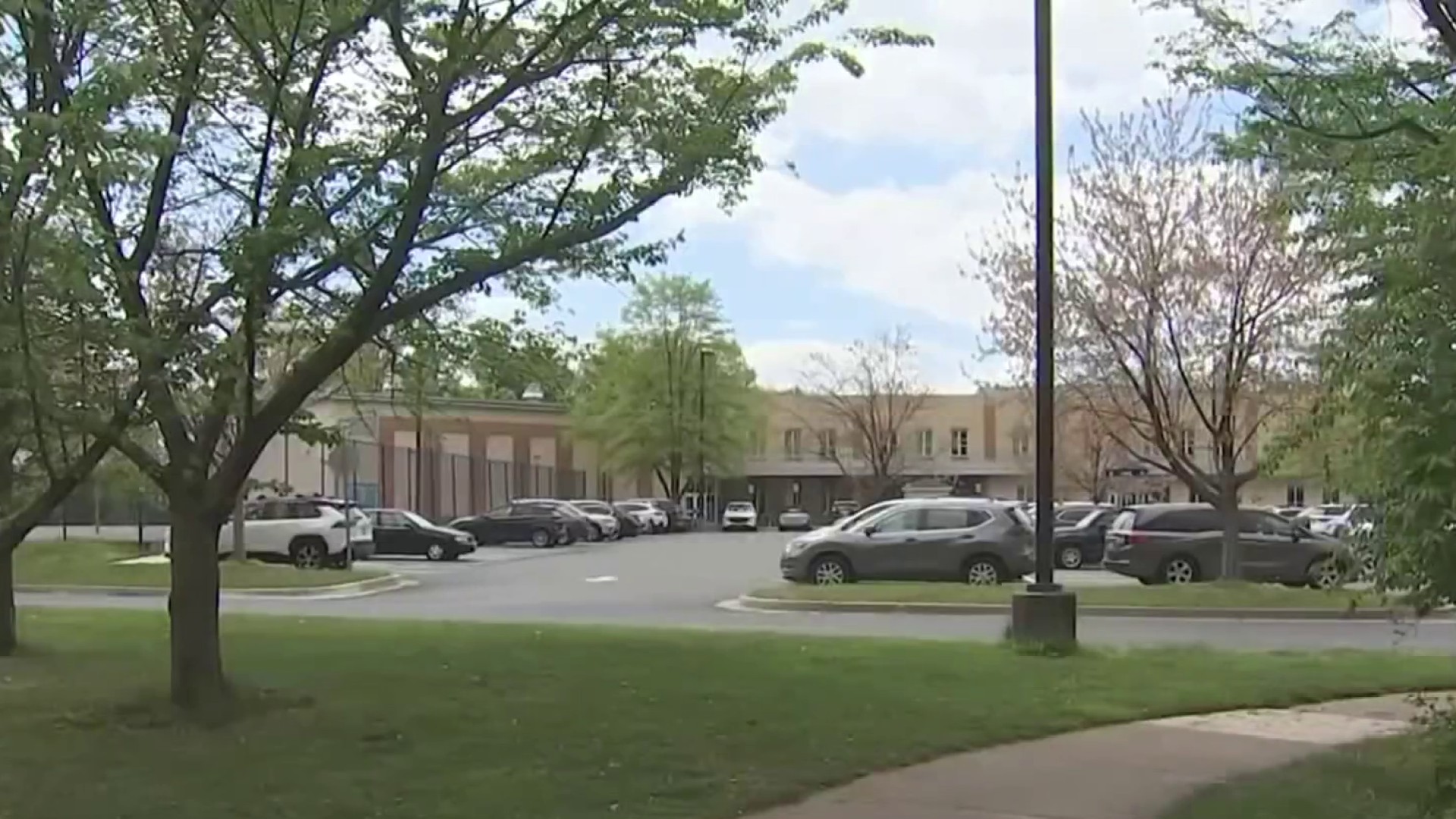Anne Arundel County officials are looking to invest in peer-based addiction recovery efforts as the county saw more than one fatal overdose every three days last year due to opioids.
In another record-breaking year, county police say at least 152 people died in 2017 due to opioid overdoses, with 1,062 overdoses overall as of Dec. 27, both records for the county.
Capt. Russ Davies, spokesman for the Anne Arundel County Fire Department, said firefighters responded to an additional 13 reports of overdoses between Dec. 27 and Dec. 31. He added the fire department's statistics differ from those of police, as their method of reporting and recording the numbers is different. Police spokesman Lt. Ryan Frashure said officers responded to 23 calls of opioid-related overdoses during the same time period. He added the department's system of reporting may also include "intentional" overdoses on prescription pills or drugs.
Officials have largely pointed to the prevalence of fentanyl, a more powerful synthetic opioid that is cheaper, but more deadly than heroin that spurred the rise in overdose deaths across the state last year.
For Anne Arundel County, one of the more disproportionately affected regions in the state, officials say they are looking to combat the crisis by investing in education and recovery initiatives centered heavily around people recovering from addiction.
"It is a paradigm shift,'' said acting county health officer Fran Philips. "The idea of (having been) where people are and where they can be in treatment is what the peers do.''
Philips said the health department will receive funding by the end of January to support 19 "peers'' to assist with the county's various recovery initiatives.
Local
Washington, D.C., Maryland and Virginia local news, events and information
In fiscal 2018, the county received a number of grant awards to fund peer-based initiatives and recovery options.
The county was given hundreds of thousands of dollars to support programs such as integrating two "peer support specialists'' to work with those who are incarcerated and dealing with addiction, according to the health department.
The county is also targeting the county's homeless population with the peer-based model, as part of a $147,137 federal grant will go toward "funding for one Peer Support Specialist to provide outreach and engagement for chronically homeless individuals with Substance Use Disorders,'' according to the department.
The education and support side of addiction treatment look to play large roles in how health and law enforcement officials will tackle the issue in the new year.
Frashure said the department is close to reintegrating the "Drug Abuse Resistance Education" program - better known as D.A.R.E. - into county schools. The drug education program rose to prominence back in the 1990s.
If it is successful, the program will certainly be subjected to heightened scrutiny, as studies during its original run showed graduates of the program either had increased or similar rates of drug and alcohol abuse than those not in the program. It led then-U.S. Surgeon General David Satcher to declare in 2001 that D.A.R.E. showed "little or no deterrent effects on substance use.''
County police are already assisting in the county-wide "Not My Child'' program, which has looked to educate at community meetings children and adults alike as to the dangers of addiction.
"It's Important that people see a different side of law enforcement other than locking people up," Frashure said.
That change in perspective is also what police hope will continue to drive the success of Safe Stations - an initiative by law enforcement and emergency responders to turn police departments and fire stations into resource hubs for those looking for treatment for their drug addiction.
Jenna Keefer, 29, of Brooklyn Park, has become a leading voice for the program, as she was the first person to take advantage of it back in April. In an interview earlier this year, she said the willingness of those at a Brooklyn Park fire station to find her help is what led her to finally kick her addiction after several attempts to do so herself by self-medicating with suboxone.
Frashure said the department will look to highlight more stories like hers as a way to show those who are addicted to opioids there is a viable path to recovery. Representing the nationwide shift in perceptions of those dealing with addiction, he said the department will "support the people, our citizens, who have had the courage to come forward and say they need help.''
With the county seeing hundreds of people utilize Safe Stations as well as receiving millions of dollars in funding to fortify treatment centers' ability to adequately staff their programs, Philips said there might be a small glimmer of hope the county is making inroads with the crisis. She said while the overall numbers for the year are up, they began to trend downward at the end of year compared to 2016. She said November saw 68 overdoses in the county this year, as compared to 80 in November of 2016. As of Dec. 27, the county had seen 75 overdoses in the month, as compared to 90 in 2016 by Dec. 28, Philips said.
But with an average of more than three overdoses per day and more than two fatal overdoses per week, 2018 will also serve as a proving ground for many of the county's more aggressive tactics for combating the issue.
The county has enlisted the aid of a law firm they say is pursuing litigation against all aspects of the prescription opioid industry, something many say has led to the crisis. In September, County Executive Steve Schuh said the firm will target not only doctors who overprescribe, but manufacturers and distributors who are under increased scrutiny for their role in pushing pills on patients. A call for comment from a county spokesman as to the status of any potential litigation was not returned Friday.
In addition, the police department started a "Fatal Overdose Unit,'' a division headed by former homicide detective Sgt. Jackie Davis that investigates all deaths from drug use with an eye on bringing tougher charges against dealers suspected of selling the lethal drugs. Prosecutors are handling three cases from the unit, which has linked three suspected drug dealers to three overdose deaths in the county.
Frashure said it's "too early to tell'' if it is having an effect, and police say 474 people were arrested this year on charges related to heroin possession or distribution as of Dec. 27.
But he stressed that 2018 will be the year of "positive stories,'' as the county will look to spend grant money on more public service announcements related to drug use and addiction as well as focus the narrative more so around successful recovery efforts rather than the record-breaking numbers.



